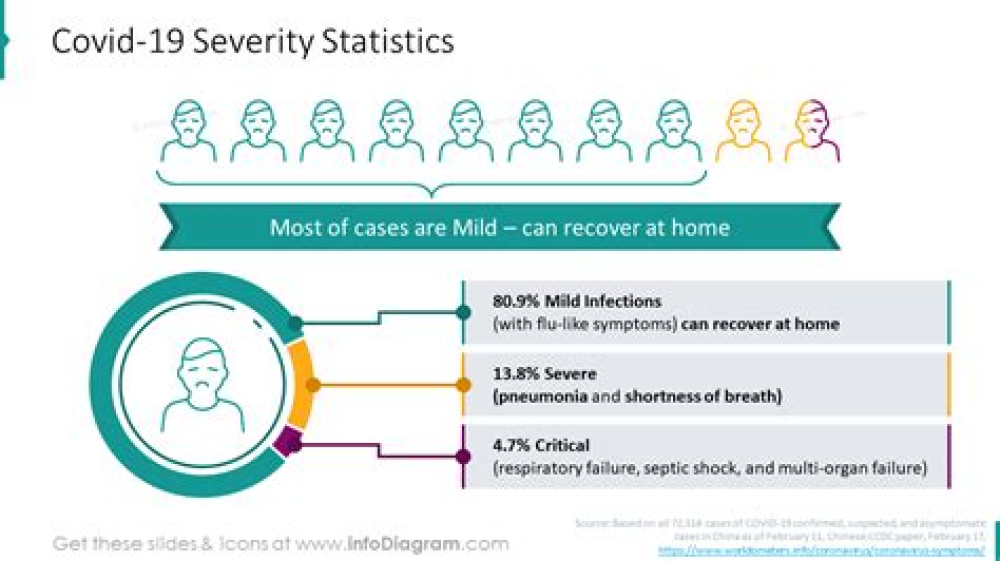Authors: Lena F. Schimkea,5, Alexandre H.C. Marquesa, Gabriela Crispim Baiocchia, Caroline Aliane de Souza Pradob Dennyson Leandro M. Fonsecab , Paula Paccielli Freirea , Desirée Rodrigues Plaçab , Igor Salerno Filgueirasa ,Ranieri Coelho Salgadoa, Gabriel Jansen-Marquesc, Antonio Edson Rocha liveirab
, Jean PierreSchatzmann Perona, José Alexandre Marzagão Barbutoa,d, Niels Olsen Saraiva Camaraa
, Vera Lúcia Garcia Calicha , Hans D. Ochse, Antonio Condino-Netoa, Katherine A. Overmyerf,g, Joshua J. Coonh,i, JosephBalnisj,k, Ariel Jaitovichj,k, Jonas Schulte-Schreppingl, Thomas Ulasm, Joachim L. Schultzel,m, Helder I.Nakayab, Igor Jurisican,o,p, Otavio Cabral-Marquesa,b,q
ABSTRACT
Clinical and hyperinflammatory overlap between COVID-19 and hemophagocytic lymphohistiocytosis (HLH) has been reported. However, the underlying mechanisms are unclear. Here we show that COVID-19 and HLH have an overlap of signaling pathways and gene signatures commonly dysregulated, which were defined by investigating the transcriptomes of
1253 subjects (controls, COVID-19, and HLH patients) using microarray, bulk RNA-sequencing (RNAseq), and single-cell RNAseq (scRNAseq). COVID-19 and HLH share pathways involved in cytokine and chemokine signaling as well as neutrophil-mediated immune responses that associate with COVID-19 severity. These genes are dysregulated at protein level across several
COVID-19 studies and form an interconnected network with differentially expressed plasma proteins which converge to neutrophil hyperactivation in COVID-19 patients admitted to the intensive care unit. scRNAseq analysis indicated that these genes are specifically upregulated across different leukocyte populations, including lymphocyte subsets and immature neutrophils.
Artificial intelligence modeling confirmed the strong association of these genes with COVID-19 severity. Thus, our work indicates putative therapeutic pathways for intervention.
INTRODUCTION
More than one year of Coronavirus disease 2019 (COVID-19) pandemic caused by the severe acute respiratory syndrome Coronavirus (SARS-CoV)-2, more than 197 million cases and 4,2 million deaths have been reported worldwide (July 30th 2021, WHO COVID-19 Dashboard). The clinical presentation ranges from asymptomatic to severe disease manifesting as pneumonia, acute respiratory distress syndrome (ARDS), and a life-threatening hyperinflammatory syndrome associated with excessive cytokine release (hypercytokinaemia)1–3 . Risk factors for severe manifestation and higher mortality include old age as well as hypertension, obesity, and diabetes4. Currently, COVID-19 continues to spread, new variants of SARS-CoV-2 have been reported and the number of infections resulting in death of young individuals with no comorbidities has increased the mortality rates among the young population 5,6. In addition, some novel SARS-CoV-2 variants of concern appear to escape neutralization by vaccine-induced humoral immunity7 . Thus, the need for a better understanding of the immunopathologic mechanisms associated with severe SARS-CoV-2 infection.
Patients with severe COVID-19 have systemically dysregulated innate and adaptive immune responses, which are reflected in elevated plasma levels of numerous cytokines and chemokines including granulocyte colony-stimulating factor (GM-CSF), tumor necrosis factor (TNF), interleukin (IL)-6, IL-6R, IL18, CC chemokine ligand 2 (CCL2) and CXC chemokine ligand 10
(CXCL10)8–10 , and hyperactivation of lymphoid and myeloid cells11. Notably, the hyperinflammation in COVID-19 shares similarities with cytokine storm syndromes such as those triggered by sepsis, autoinflammatory disorders, metabolic conditions and malignancies12–14 ,often resembling a hematopathologic condition called hemophagocytic lymphohistiocytosis
(HLH)15. HLH is a life-threatening progressive systemic hyperinflammatory disorder characterized by multi-organ involvement, fever flares, hepatosplenomegaly, and cytopenia due to hemophagocytic activity in the bone marrow15–17 or within peripheral lymphoid organs such as pulmonary lymph nodes and spleen. HLH is marked by aberrant activation of B and T lymphocytes and monocytes/macrophages, coagulopathy, hypotension, and ARDS. Recently, neutrophil hyperactivation has been shown to also play a critical role in HLH development18,19. This is in agreement with the observation that the HLH-like phenotype observed in severe COVID-19 patients is due to an innate neutrophilic hyperinflammatory response associated with available under aCC-BY-NC-ND 4.0 International license. (which was not certified by peer review) is the author/funder, who has granted bioRxiv a license to display the preprint in perpetuity.
It is made bioRxiv preprint doi: ttps://doi.org/10.1101/2021.07.30.454529; this version posted August 1, 2021. The copyright holder for this preprint
virus-induced hypercytokinaemia which is dominant in patients with an unfavorable clinical course17 . Thus, HLH has been proposed as an underlying etiologic factor of severe COVID191,3,20. HLH usually develops during the acute phase of COVID-191,20–27 . However, a case of HLH that occurred two weeks after recovery from COVID-19 has recently been reported as the cause
of death during post-acute COVID-19 syndrome28
.
The familial form of HLH (fHLH) is caused by inborn errors of immunity (IEI) in different genes encoding proteins involved in granule-dependent cytotoxic activity of leukocytes such as AP3B1, LYST, PRF1, RAB27A, STXBP2, STX11, UNC13D29–31. In contrast, the secondary form (sHLH) usually manifests in adults following a viral infection (e.g., adenovirus, EBV, enterovirus, hepatitis viruses, parvovirus B19, and HIV)32,33, or in association with autoimmune /rheumatologic, malignant, or metabolic conditions that lead to defects in T/NK cell functions and excessive inflammation16,31. fHLH and sHLH affect both children and adults, however, the clinical and genetic distinction of HLH forms is not clear since immunocompetent children can develop sHLH 34,35, while adult patients with sHLH may also have germline mutations in HLH genes36. Of note, germline variants in UNC13D and AP3B1 have also been
identified in some COVID-19 patients with HLH phenotype37, thus, indicating that both HLH forms may be associated with COVID-19.
Here, we characterized the signaling pathways and gene signatures commonly dysregulated in both COVID-19 and HLH patients by investigating the transcriptomes of 1253 subjects (controls, COVID-19, and HLH patients) assessed by microarray, bulk RNA-sequencing (RNAseq), and single-cell RNAseq (scRNAseq) (Table 1). We found shared gene signatures and cellular signaling pathways involved in cytokine and chemokine signaling as well as neutrophilmediated immune responses that associate with COVID-19 severity.
For More Information: https://www.biorxiv.org/content/10.1101/2021.07.30.454529v1.full.pdf
